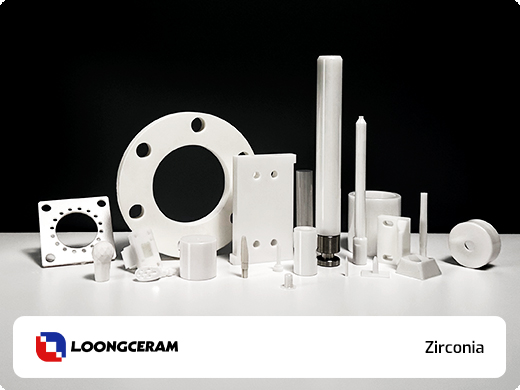CompressiveStrength
What is Thermal Conductivity?
Thermal conductivity measures how efficiently heat flows through a material. In most cases, this property is crucial for dissipating heat from high-temperature zones, such as cooling LEDs, where heat must be conducted away while maintaining electrical insulation — making higher thermal conductivity ceramics an ideal solution.Conversely, low thermal conductivity ceramic materials may be employed to reduce heat flow.
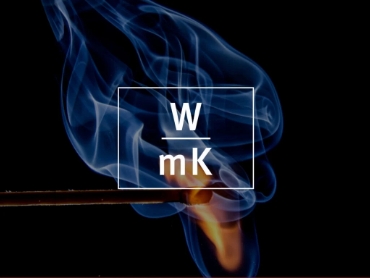
High Thermal Conductivity Ceramic Materials
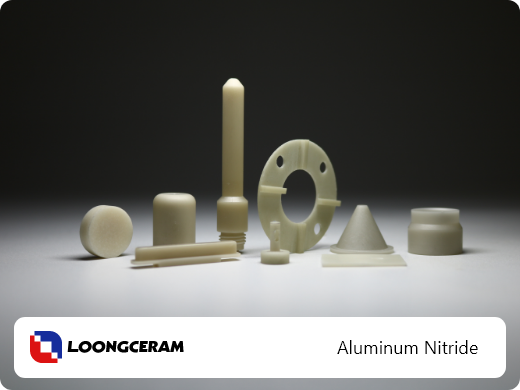


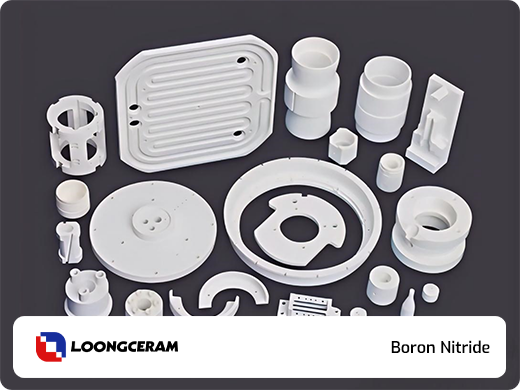
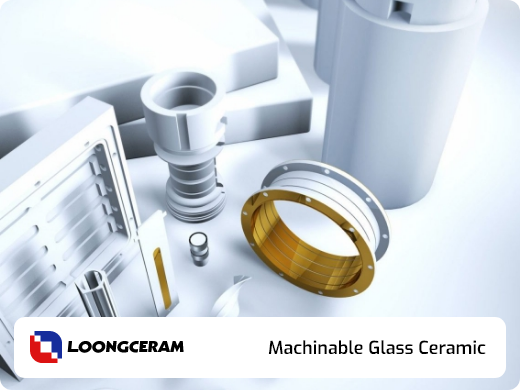
Related Properties
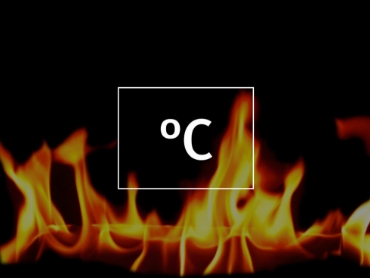
Maximum Temperature
Advanced ceramics are well known for their heat withstanding propertiesin which they only start to melt at temperatures around 2000’c.incomparison to more common ceramic materials such as tile or brick, theystart to melt at temperatures around 650’C.
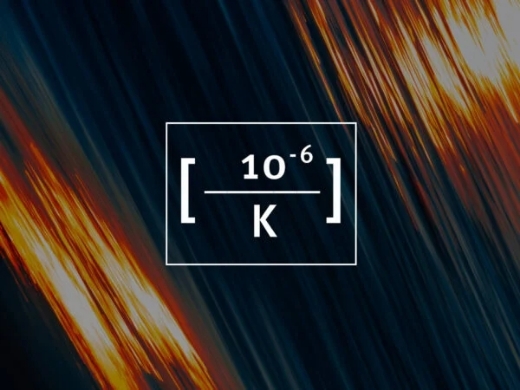
Thermal Expansion
Advanced ceramics have generally low coefficients of thermal expansionwhich is the measure of how much a material expands due to a rise intemperature. When heat is applied to most materials they expand due totheir atomic structure, due to ceramics atomic composition they are ableto stay stable across a wider range of temperatures.
